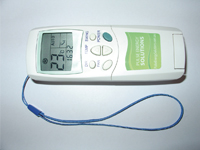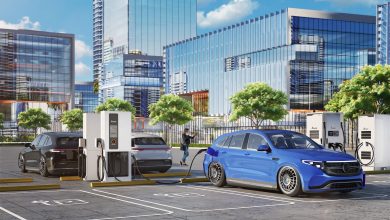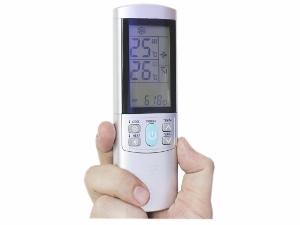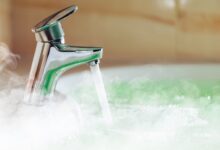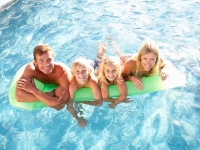
Is Your Swimming Pool Plant Designed Correctly?
I have been asked recently by some resort managers will a variable speed pool pump save me money and what effect, if any, will the pump have on the pool heater.
First, most resort pools in accordance with Australian Health Swimming Pool and Operational Guidelines fall into a Category Two type pool. This means that a swimming pool filter plant should be designed to have a volume turnover period (exclusive of ballast tanks) of five to six hours during operating times. The turnover period is the time taken for the total pool water volume to pass through the filters and treatment plant and return to the pool. Spa pools have a turnover rate of 20 minutes.
If your pool filtration system is not designed correctly and if the pump is oversized for the job then this will be costing you money in wasted energy and equipment maintenance.
It is the opinion of most people that the bigger the pump the better. The reason for the vast range of pump sizes on the market is flow rates suited to a specific requirement, which in most cases is not considered when buying a pool pump.
In most resorts the standard type of pool pumps are oversized for the job that is required and of course the running costs are higher. Also equipment removal or replacement is usually substituted with more PVC elbows creating excess friction loss that affects flow rates.
When sizing a pool pump some of the following criteria must be considered:
• Volume turnover period
• Litre capacity of the pool
• Friction loss and head
• Filter flow rate requirement
• Chlorinator flow rate requirement
• Pool heater flow rate
• Water feature flow rate
All associated equipment for pools have minimum and maximum flow rates to operate efficiently. In the case of pool heaters the correct flow rates are most important to operate efficiently at their maximum performance rate – gas operated pool heaters especially.
Some examples for gas pool heaters are as follows:
• If the water flows through a heat exchanger too quickly then the heat rise between the inlet and outlet is minimal or nil. The heater is not performing efficiently and costing you valuable dollars in wasted energy. This situation is also damaging to your heat exchanger. Condensate forms on the heat exchanger fins and collects the fumes of the burnt gas which calcifies; this eventually blocks the flu ways and corrodes the heat exchanger.
• If the water flows through the heat exchanger too slowly then there may not be enough water flow to actuate the water flow switch in the heater or the water will consistently boil thus actuating the over temperature safety switch. As this switch self resets you get a cycling affect with the heater, again costing valuable dollars in inefficiency. The heat exchanger also warps due to consistent overheat.
In my opinion if your pool pump and system is designed correctly and you operate the system in a required time frame per day then you are on the money as far as operating costs are concerned.
You can inquire about a more energy efficient pump that will give you the required flow rates but be careful with multistage pumps that will decrease or increase flow rates. If you install a pump that you can select (adjust) flow rates be careful that nobody adjusts this pump that has no knowledge of what is required in respect to flow rates for the rest of the equipment.
Also consider the cost of the pump and the warranty terms of the pump. Pool pumps are a high usage plant and replacement or repairs are more prominent.
If you choose to buy an energy efficient pump then compare the cost savings against a correctly designed standard pump. Also compare the life expectancy of both pumps and the replacement or repair costs of both pumps. It is useless paying a lot more for a pump that will save slight energy costs but will cost a lot more to replace or repair.
To have energy efficient filtration system also depends on a correct maintenance schedule – too many resort managers do not keep the pump strainer baskets clean or backwash filters at required intervals, not to mention chlorinator cells. This also has an effect on flow rates and equipment efficiency.
I would consider that you first have your whole system checked out for correct design and secondly put a proper maintenance schedule in place and make sure it is carried out by either yourself or your pool operator. This will definitely save you money immediately.
I have touched on this subject briefly to minimise the article content and your pool maintenance company should be able to answer any in depth questions that you need to know.
If you are having your equipment assessed please ask for a written report and the mathematics to support the recommendations, not all contractors may have the knowledge to carry out a detailed assessment.
Ken Adams
Adams Commercial Gasfitting & Plumbing

AccomNews is not affiliated with any government agency, body or political party. We are an independently owned, family-operated magazine.

